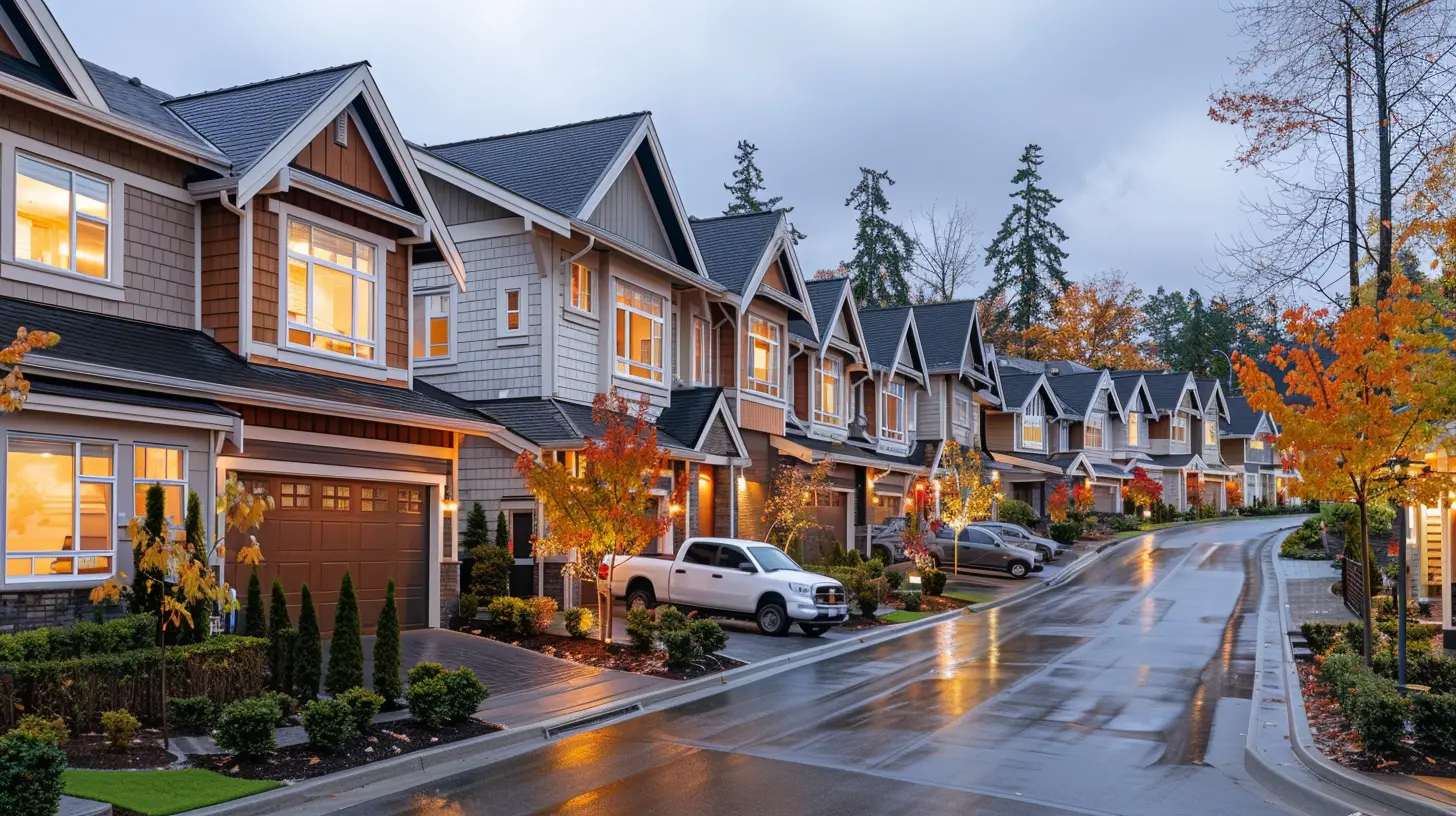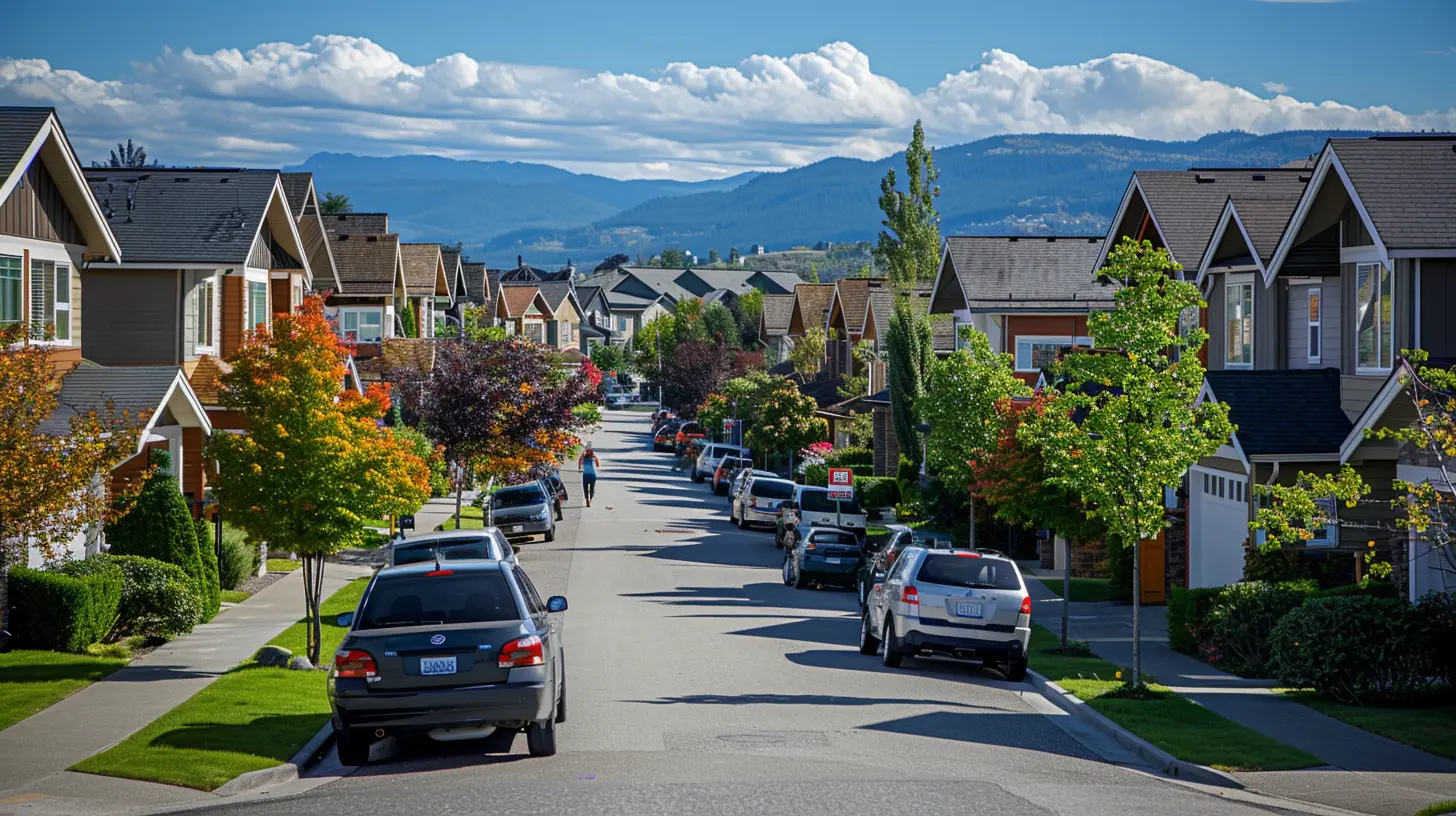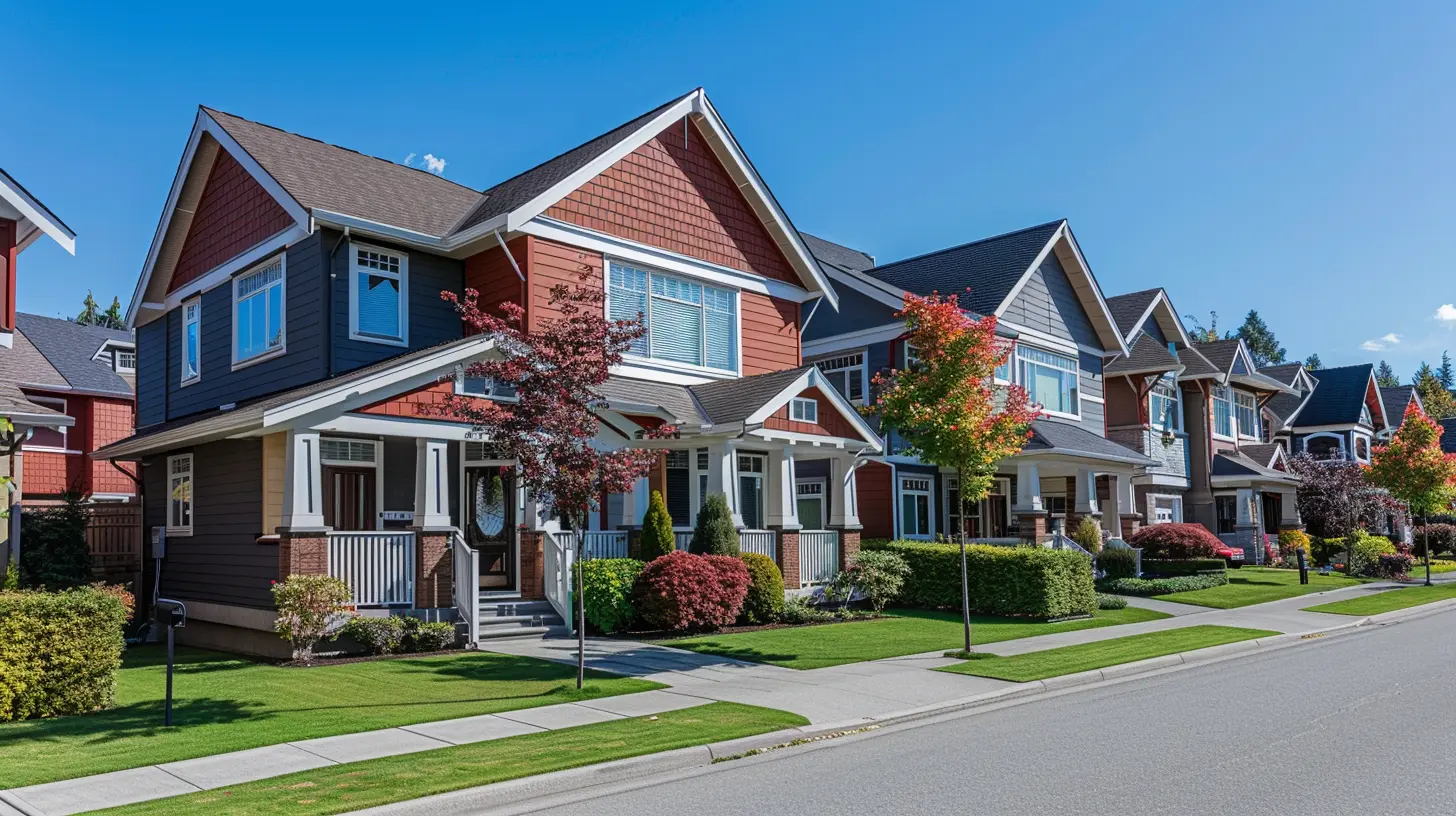19 April 2025
Aging is a natural part of life, and as we grow older, our lifestyle needs and preferences often shift. Housing is one of the most critical decisions seniors face as they age. Should you continue living in the home you’ve cherished for decades, or is moving to a senior living community the better option? This is a deeply personal choice with no one-size-fits-all answer. It requires considering your health, finances, family, and goals for your golden years.
In this article, we’ll break down what you should know about aging in place and moving to a community. We'll explore the pros and cons of each option and outline factors to weigh so you can make the best choice for your unique circumstances.
What Is Aging in Place?
Aging in place means staying in your current home as you grow older. It’s an option many seniors favor because it allows them to remain in a familiar environment, surrounded by memories and a sense of comfort. But while staying put may seem like the easiest and most emotionally appealing option, it’s not always as simple as it sounds.The Benefits of Aging in Place
- Emotional Comfort and Familiarity: There’s something deeply reassuring about waking up in the same bedroom and sipping coffee in the same kitchen you’ve used for years. These routines can feel like anchors in an ever-changing world.- Independence: For many, staying at home represents freedom. You get to live on your own terms without adjusting to new rules or schedules.
- Community Ties: If you've lived in your neighborhood for decades, chances are you have strong connections with friends, neighbors, or local organizations. Aging in place lets you maintain those bonds.
- Customization: Your home reflects you. Aging in place means you can modify your house to suit your needs rather than adapting to a new space.
The Challenges of Aging in Place
But let’s not sugarcoat it—aging in place isn’t always sunshine and roses. Here are some concerns you might face:- Home Modifications: As your mobility changes, your home may need updates—bathroom railings, stairlifts, or even ramps. These renovations can be costly.
- Isolation Risk: Staying at home sounds appealing, but it can get lonely, especially if family and friends aren't nearby or if you’re no longer driving.
- Hidden Costs: Maintaining a home—repairs, yard work, cleaning—can become overwhelming and expensive as you age.
- Health and Safety: What happens if you fall? Or if you unexpectedly need specialized health care? Aging in place requires a plan for emergencies and regular access to medical care.

What Is Moving to a Community?
Moving to a senior living community is another popular option. These communities are designed to make life as stress-free, convenient, and enjoyable as possible. They range from independent living to assisted living, continuing care retirement communities (CCRCs), and even nursing homes for those who need more medical attention.The Benefits of Moving to a Community
- Social Opportunities: One undeniable advantage is the social aspect. Think of it like being back in college dorms, except you don’t have to stress over exams! There are activities, clubs, and events to keep you social and engaged.- Safety and Support: Communities often have staff available 24/7 for emergencies, so you and your family can rest easier.
- Simplified Living: No more home repairs, lawn care, or cooking (depending on the community). Most communities offer housekeeping, dining services, and other amenities that simplify life.
- Healthcare Access: If you choose a community that offers different levels of care, you can transition seamlessly from independent living to assisted living or skilled nursing as your needs evolve.
The Challenges of Moving to a Community
Of course, no option is perfect, and there are drawbacks to moving to a senior living community:- Cost: Let’s not beat around the bush—these communities can be pricey. Some require significant upfront fees plus monthly charges.
- Leaving Memories Behind: Letting go of a home filled with cherished memories can be emotionally challenging.
- Adjusting to Rules: Some communities have rules and routines. You may lose a bit of independence or feel like you’re giving up control.
- Overwhelming Choices: From the location to the type of housing to the level of care, narrowing down your options can feel like an endless rabbit hole.

Comparing Aging in Place vs. Moving to a Community
So, how do you decide? Here’s a side-by-side comparison of key factors to help you weigh your options.1. Cost
- Aging in Place: Costs can sneak up on you. Between home maintenance, modifications, and in-home care, the bills can add up.- Moving to a Community: While upfront costs may be higher, communities typically bundle services like healthcare, dining, and housekeeping into one predictable monthly fee.
2. Support System
- Aging in Place: You’ll need reliable family, friends, or hired help to assist with errands, medical care, or emergencies.- Moving to a Community: Many communities offer built-in support systems, from on-site healthcare to transportation services.
3. Health Needs
- Aging in Place: Staying home is feasible only if your health allows it. Long-term illnesses or mobility issues might make this option impractical without extensive support.- Moving to a Community: Communities often cater to various health needs, including memory care, physical therapy, and nursing services.
4. Lifestyle and Socialization
- Aging in Place: Great if you love your solitude, but isolation is a real risk. Staying socially active will take extra effort.- Moving to a Community: These communities are buzzing with social opportunities. You can meet like-minded peers, join clubs, and even try new hobbies.

Questions Seniors Should Ask Themselves
Sometimes, the best way to make a decision is to ask yourself the tough questions:1. How is my current health, and what are my possible future health concerns?
2. Do I have family or friends nearby who can support me as I age?
3. Does my current home meet my accessibility needs, or will it require expensive modifications?
4. Am I comfortable with the idea of leaving my home and adjusting to a new environment?
5. What’s my budget? Can I afford home care or a senior living community?
6. What does my ideal day-to-day life look like in my later years?
Remember, there’s no right or wrong answer. The key is to choose an option that aligns with your values, lifestyle, and priorities.
Combining the Two: The Hybrid Approach
Who says you have to pick one or the other? Some seniors choose to age in place for as long as they can and transition to a community only when their health or circumstances require it. This hybrid approach allows you to enjoy the best of both worlds—familiarity and independence now, with a backup plan for later.Just make sure to plan ahead. Research nearby communities, understand their costs, and consider getting on a waitlist if necessary. This way, when the time comes, you’re not scrambling to make a decision under pressure.
Final Thoughts
Choosing between aging in place and moving to a community is more than just a logistical decision—it’s an emotional one, too. You’re not just picking a place to live; you’re choosing the environment where you’ll create new memories and live your life.Take your time. Talk to your family. Consider consulting a financial planner or geriatric care professional to weigh your options. And most importantly, trust your instincts. You know what feels best for you, and at the end of the day, this transition should enhance your happiness and well-being.







Grant McClintock
Great insights! Balancing independence and support is vital.
April 24, 2025 at 6:26 PM